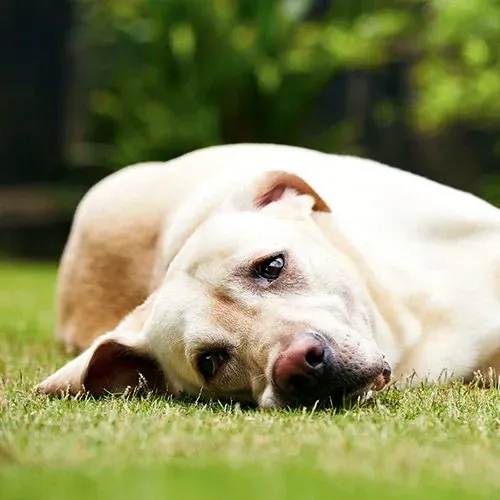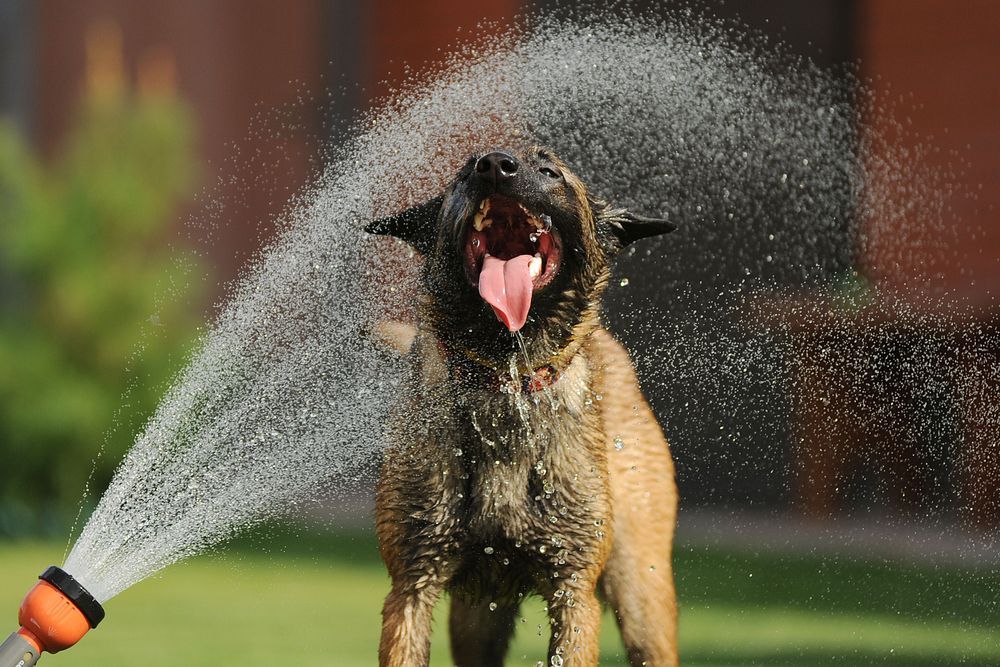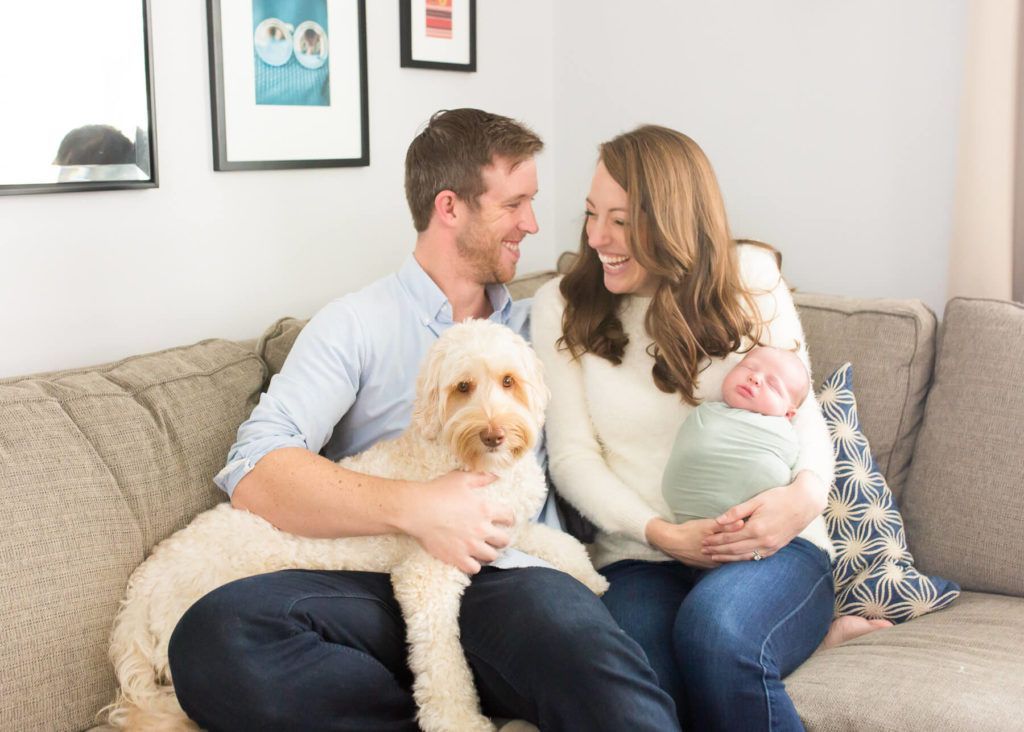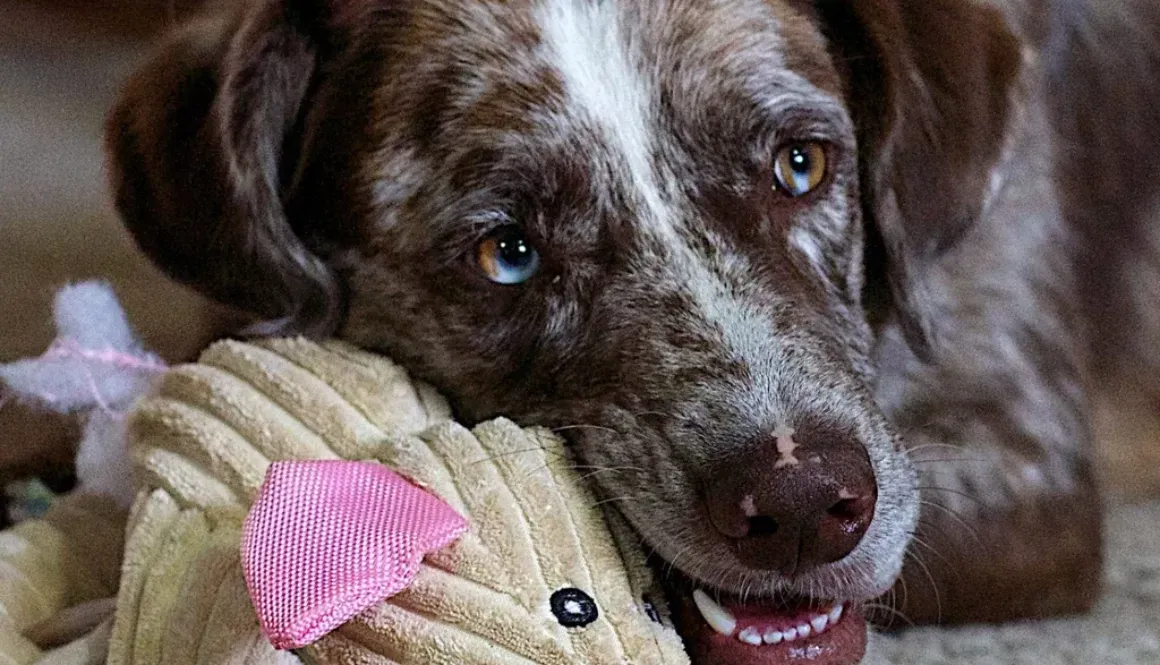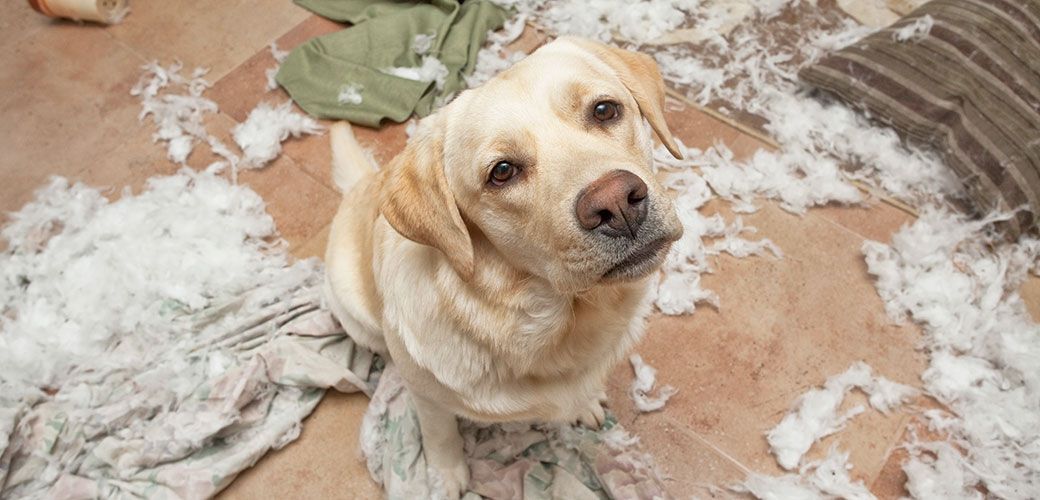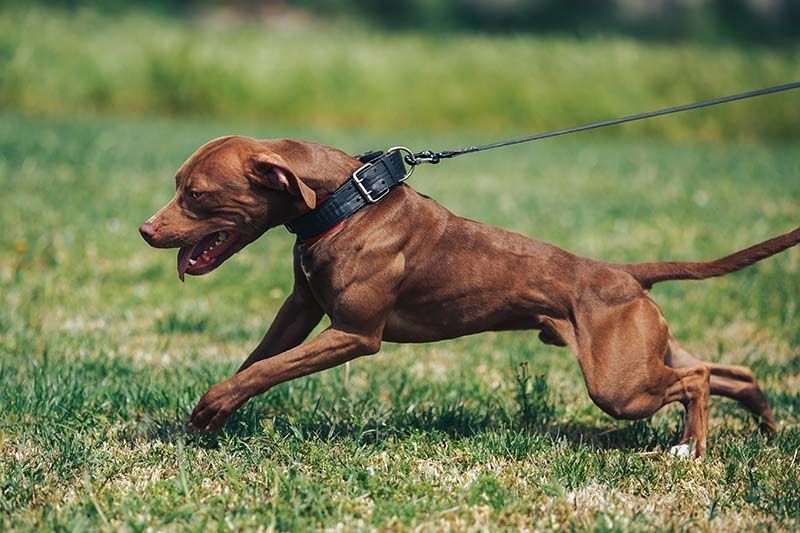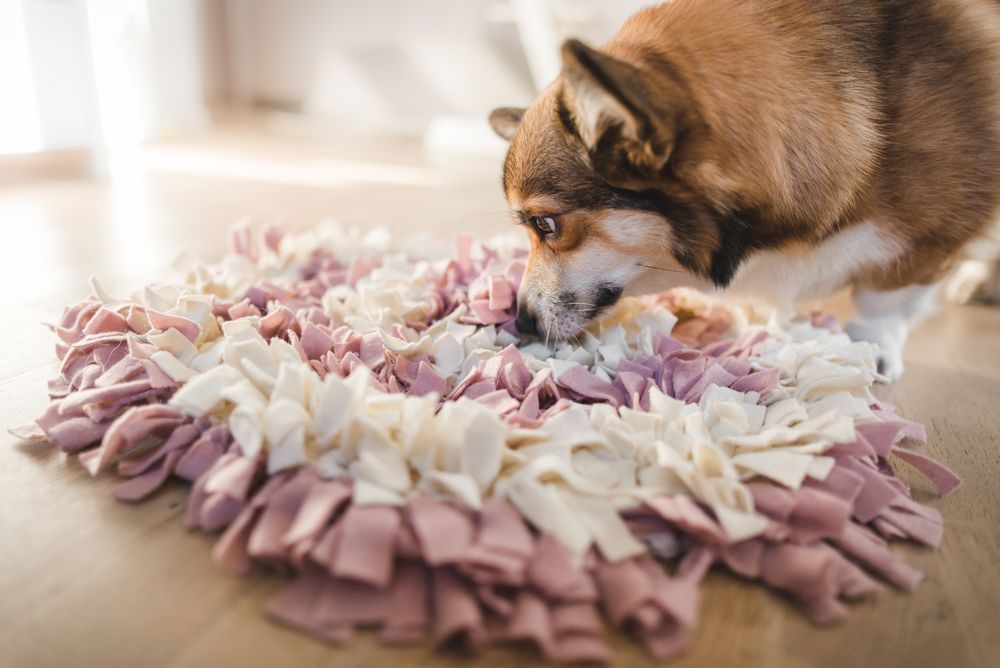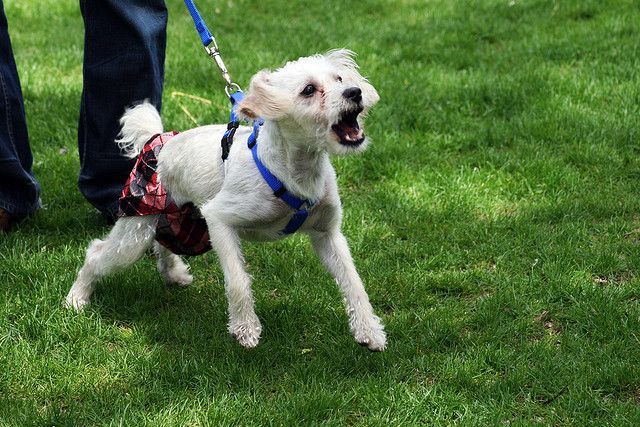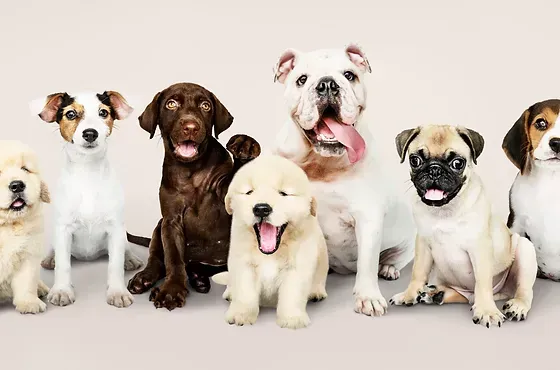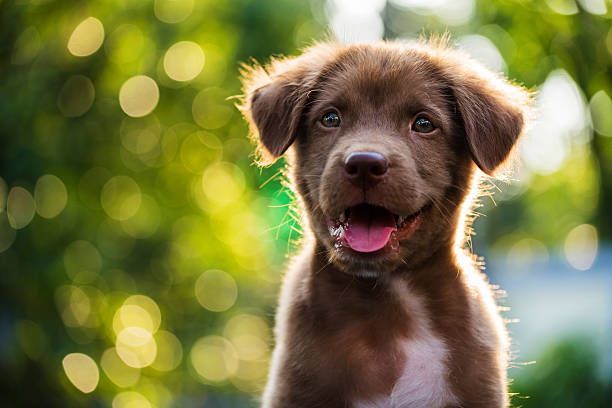Surviving the Puppy Phase: How to Cope When Your New Pup Is Testing Your Patience
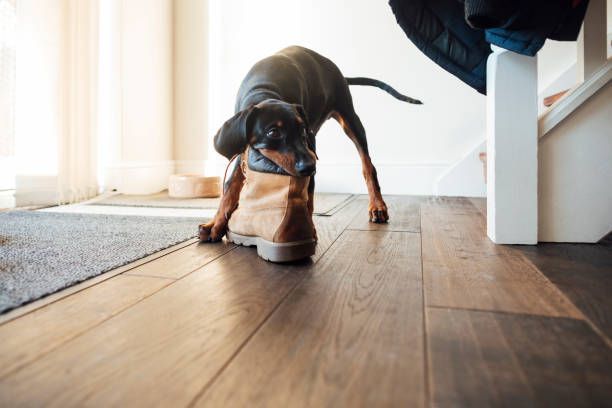
Bringing home a new puppy is often painted as a joyful, fluffy fairy-tale. But let’s be real, it’s also exhausting, messy, and emotionally draining. You’re not alone if you're feeling overwhelmed, frustrated, or even second-guessing your decision. Puppies are needy by nature, and their constant demands can push even the most patient dog lovers to their limits.
So how do you cope when your puppy seems determined to undo your sanity? Let’s dive into some honest, practical tips for surviving the early days.
1. Understand the “Why” Behind the Neediness
Your puppy isn't trying to be difficult, they’re just brand new to the world. Everything is unfamiliar, and they look to you for safety, reassurance, and guidance. Their whining, following, chewing, and biting all come from a place of exploration or insecurity.
Perspective shift: Instead of seeing their neediness as a nuisance, try to view it as a cry for help — or at the very least, communication. They’re not trying to annoy you; they’re trying to feel safe.
2. Stick to a Routine
Puppies thrive on structure. A clear daily routine helps reduce anxiety and gives them a sense of predictability. When they know when to expect meals, walks, toilet breaks, playtime, and rest, they tend to settle much faster.
Pro tip: Use a whiteboard or phone notes to plan out your puppy’s day. Include short training sessions (5–10 minutes), naps, meals, and toilet trips.
3. Take Regular Breaks (From Your Puppy)
Yes, it’s okay to need a break from your puppy. In fact, it’s healthy. Use a crate, puppy pen, or a baby gate to give yourself space. Don’t feel guilty. You’ll be a calmer, more patient owner if you can recharge now and then.
Remember: Teaching your pup to be okay alone is also part of training. It helps prevent separation anxiety later on.
4. Prioritise Mental Stimulation
A tired puppy isn’t always a well-behaved puppy, but a mentally stimulated one usually is. Use food puzzles, snuffle mats, chew toys, and basic obedience games to work your puppy’s brain.
This not only burns energy but also keeps them focused and engaged in positive activities (rather than gnawing on your skirting boards).
5. Manage Expectations
Your puppy won’t be perfect, and neither will you. There will be accidents, barking, torn slippers, and moments of doubt. That’s all part of the process. Training takes consistency, not perfection.
Set small wins:
- One successful toilet outside = win.
- Pup settles in crate for 10 minutes = win.
- You kept your cool when they chewed your sock = big win.
6. Ask for Support (Seriously, Don’t Go It Alone)
Whether it’s a local trainer, a supportive friend, or an online group, talking to others going through the same thing makes a big difference. You’ll find reassurance, tips, and much-needed laughs about the madness.
And if it’s feeling too much, speak with a trainer or behaviourist early. Don’t wait until problems grow, proactive support makes all the difference.
7. Celebrate Progress (Even Tiny Steps)
One day, your puppy will sleep through the night. They’ll stop nipping your ankles. They’ll come when called. And you’ll think, Wow, we made it through that.
Keep a journal or take photos of milestones. It helps you see how far you’ve come on the tough days.
Final Thoughts
Raising a puppy is hard work. It challenges your patience, energy, and emotions. But it also builds an incredible bond, one paw print at a time.
So when you’re at your wit’s end, take a breath, step away for a few minutes, and remember: every calm moment you create now shapes the adult dog you’ll be proud to have beside you later.
Hang in there. You’ve got this, and your pup is lucky to have you.
